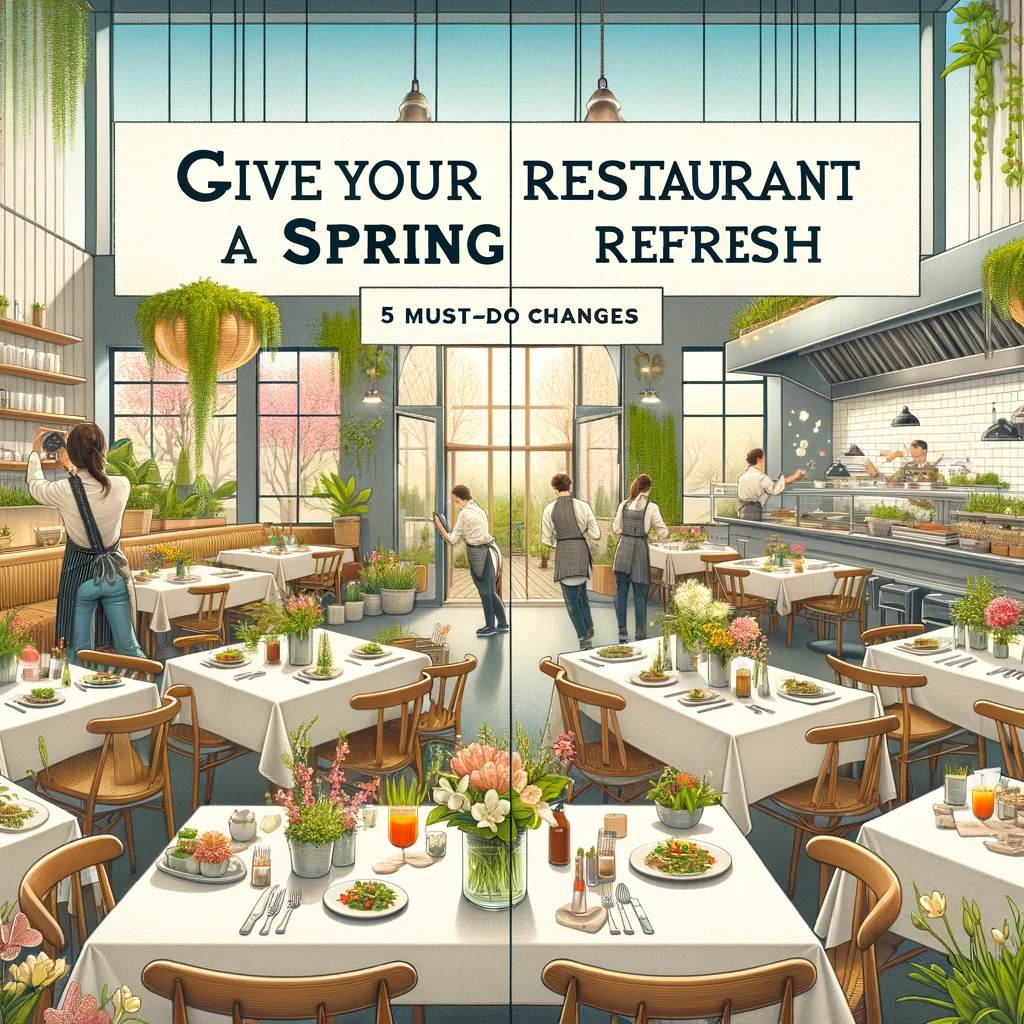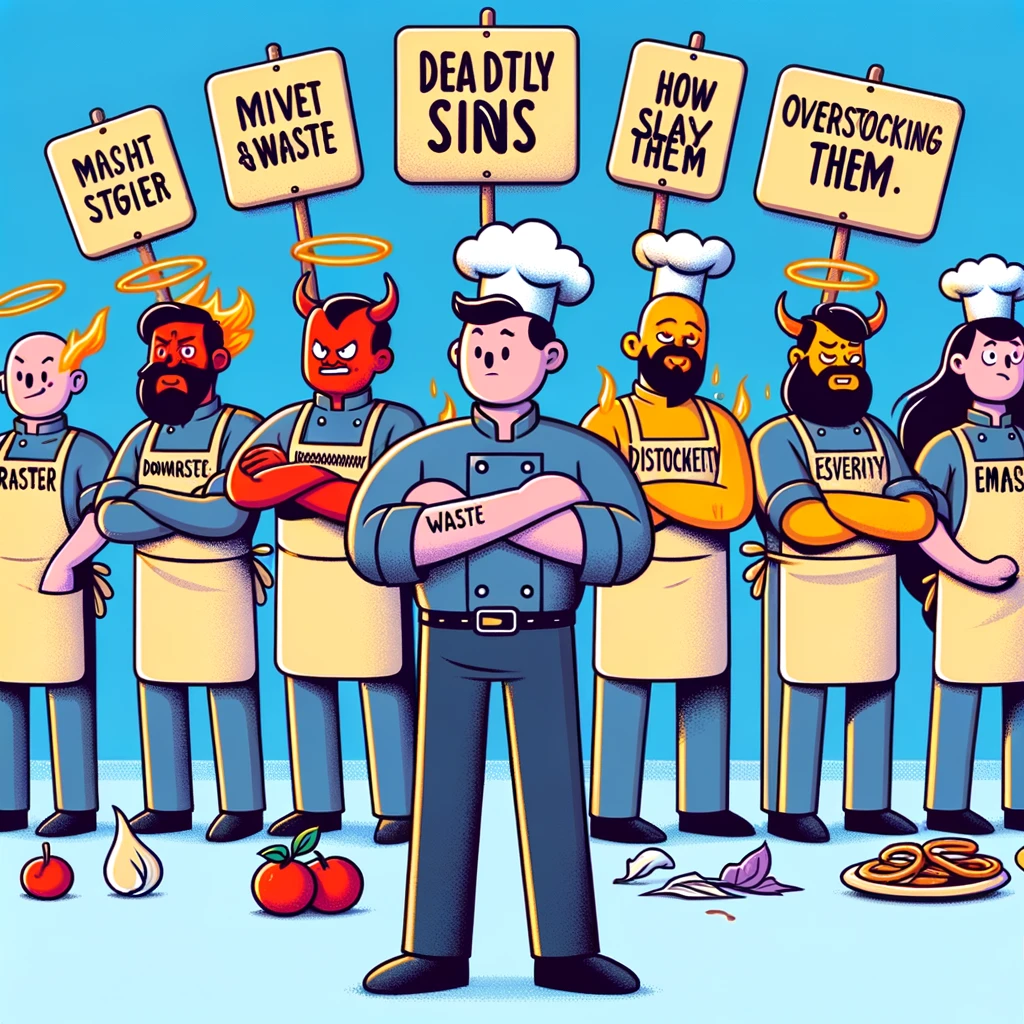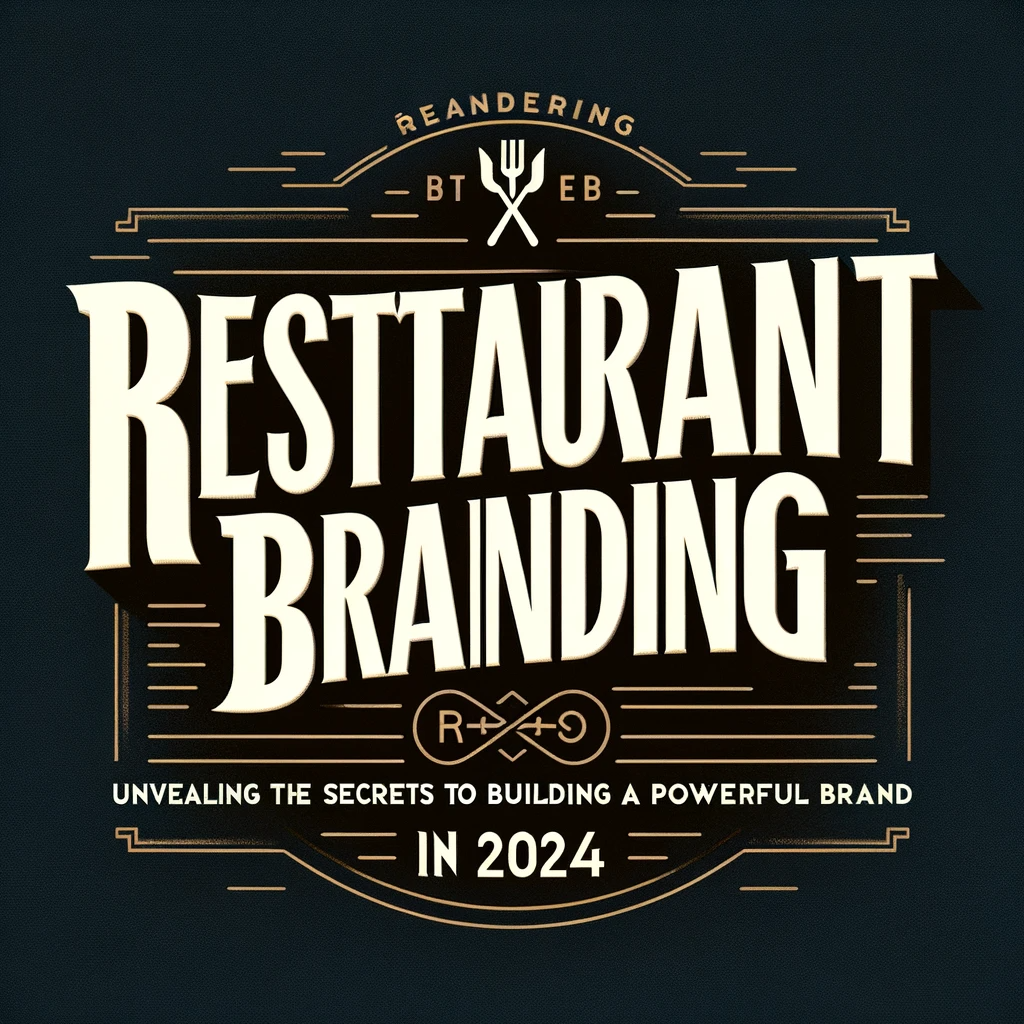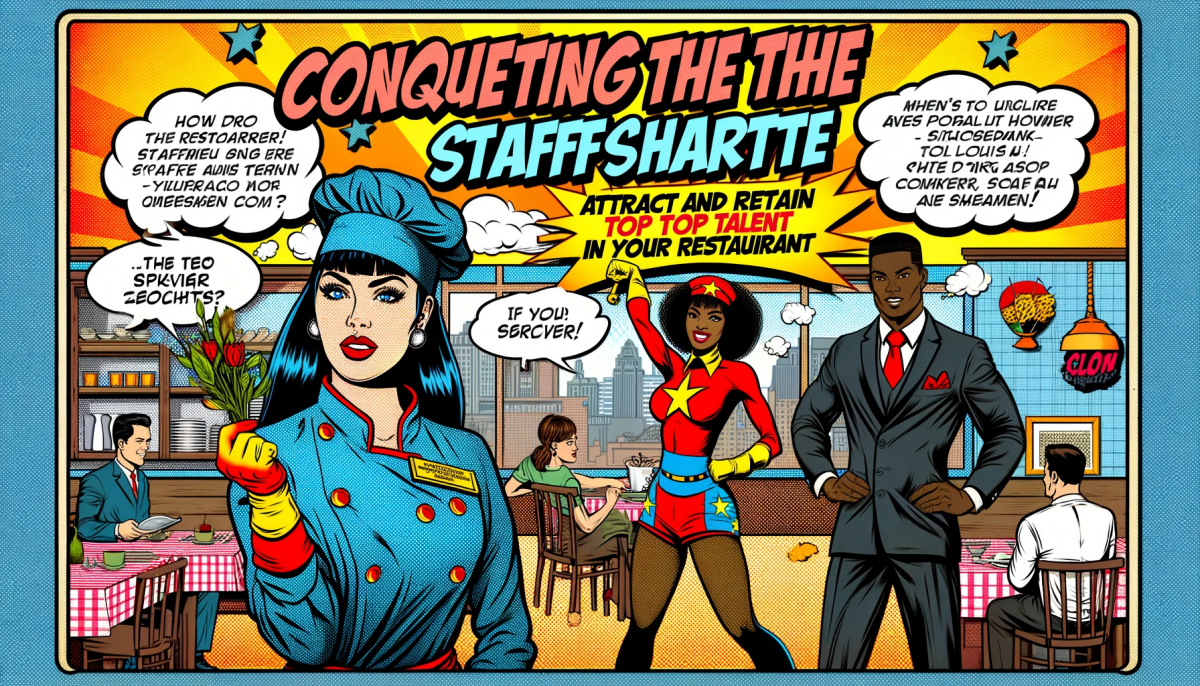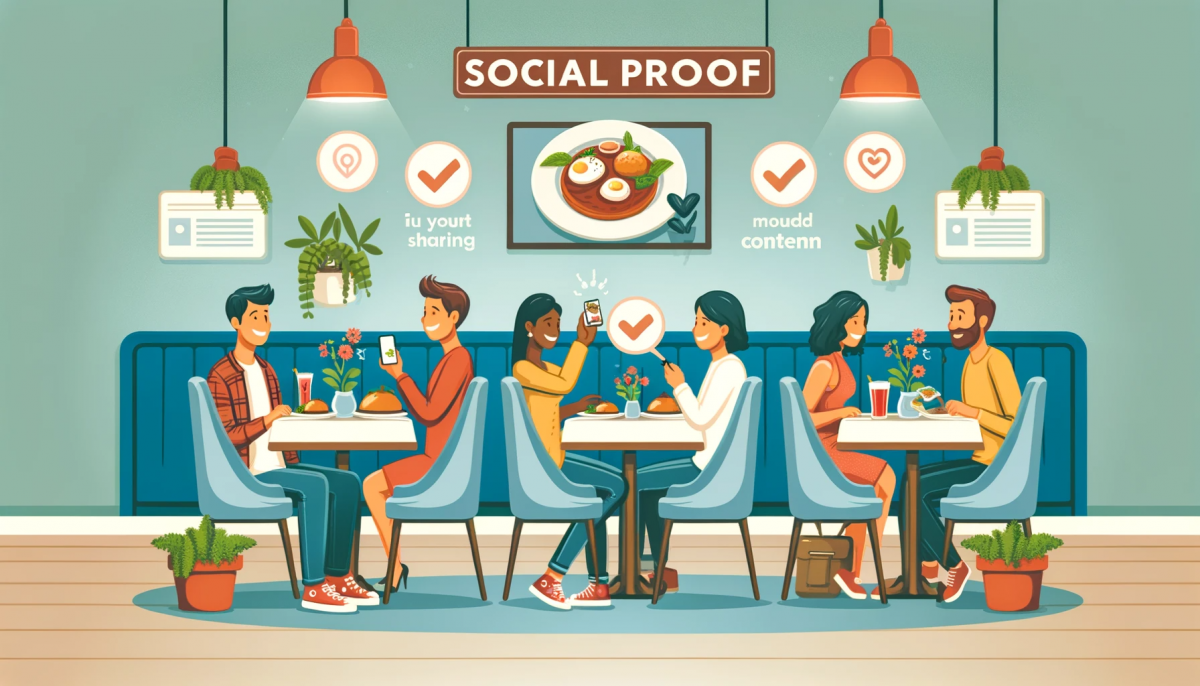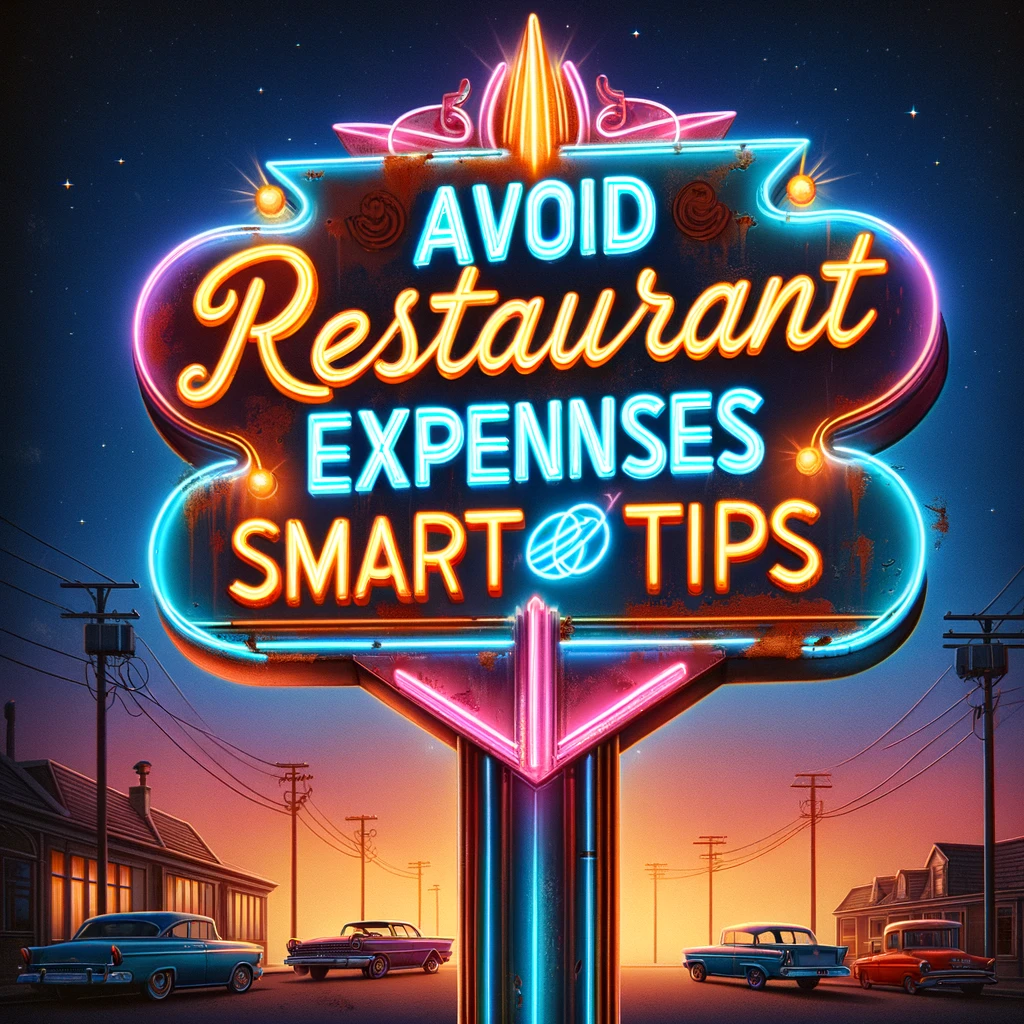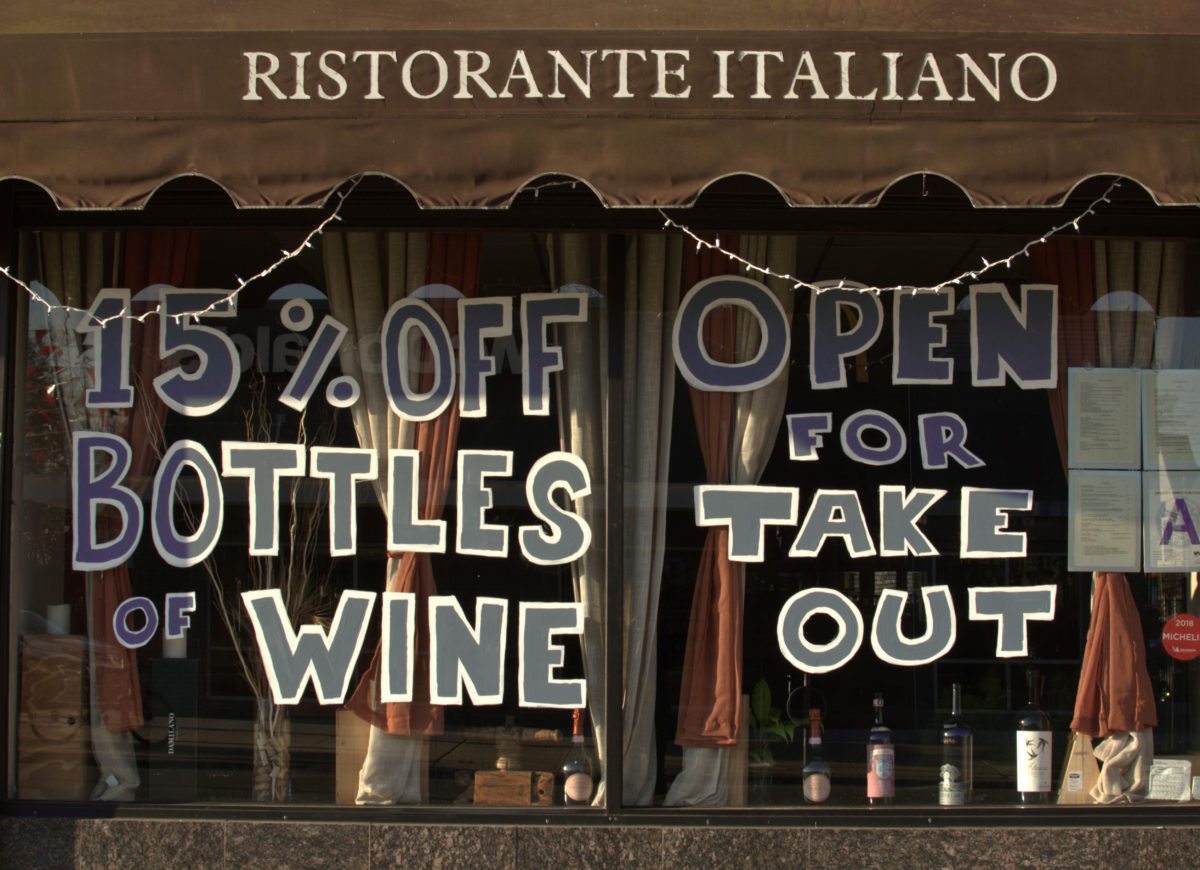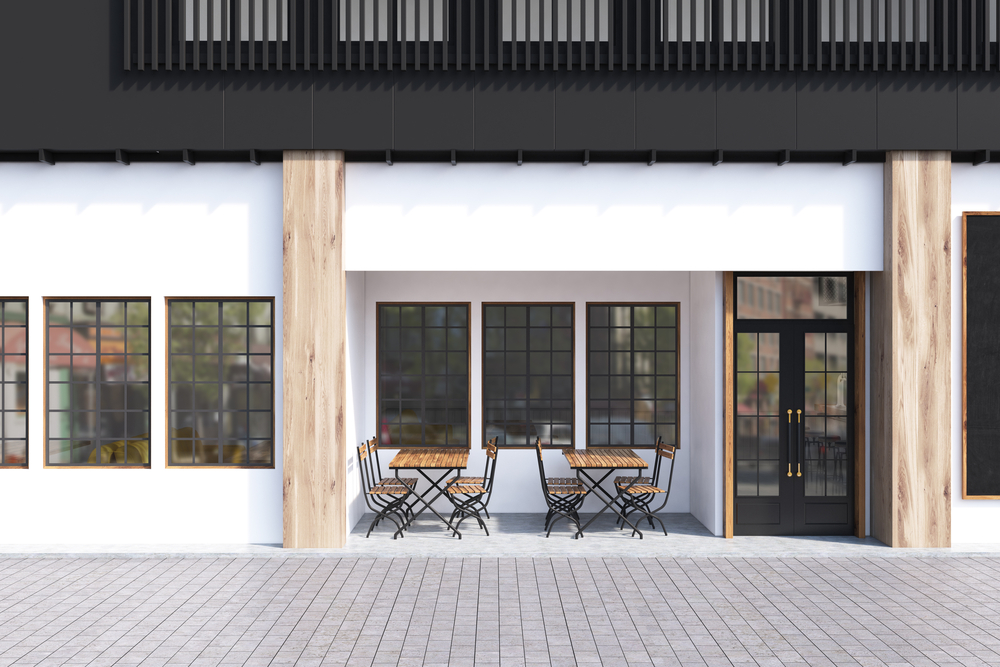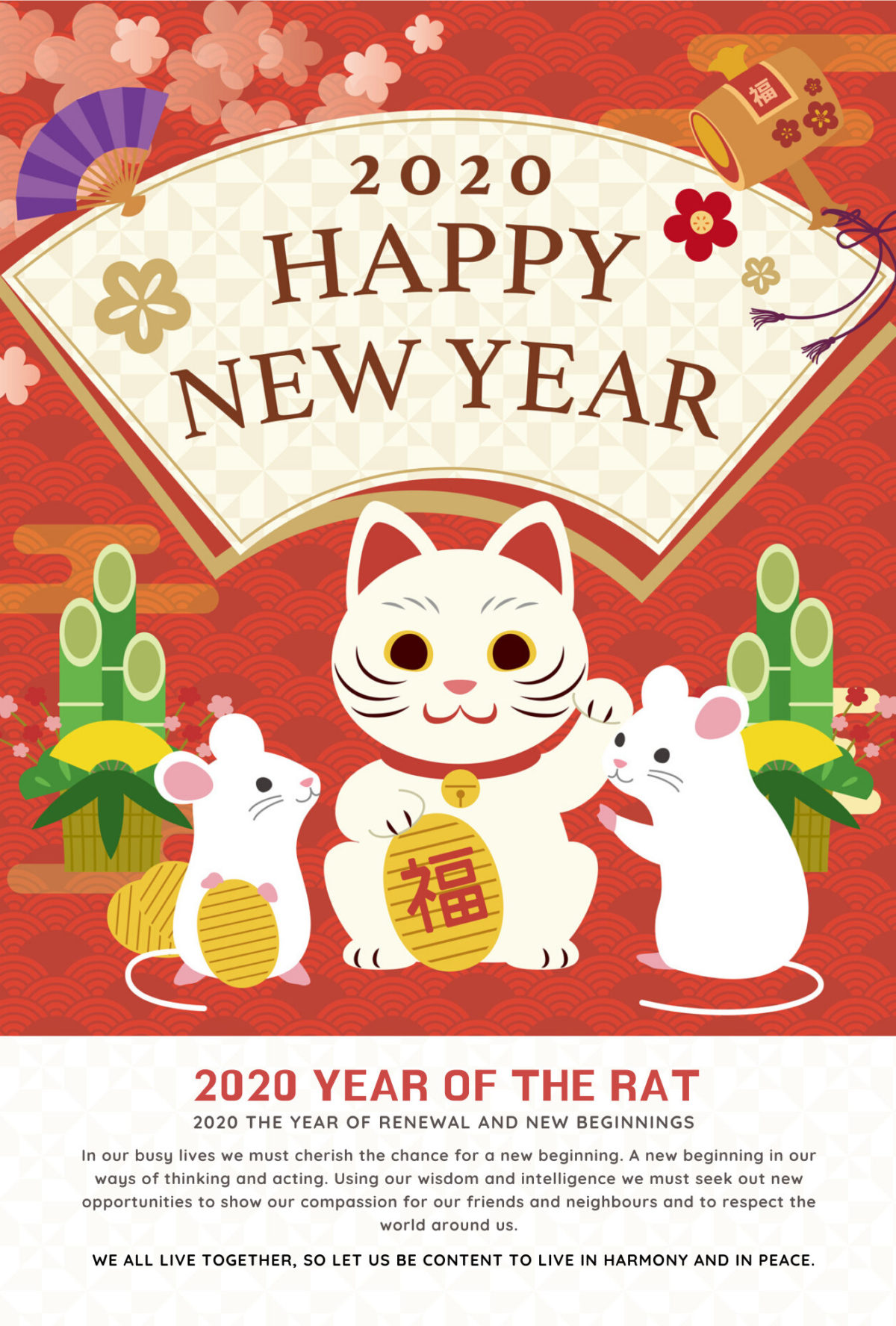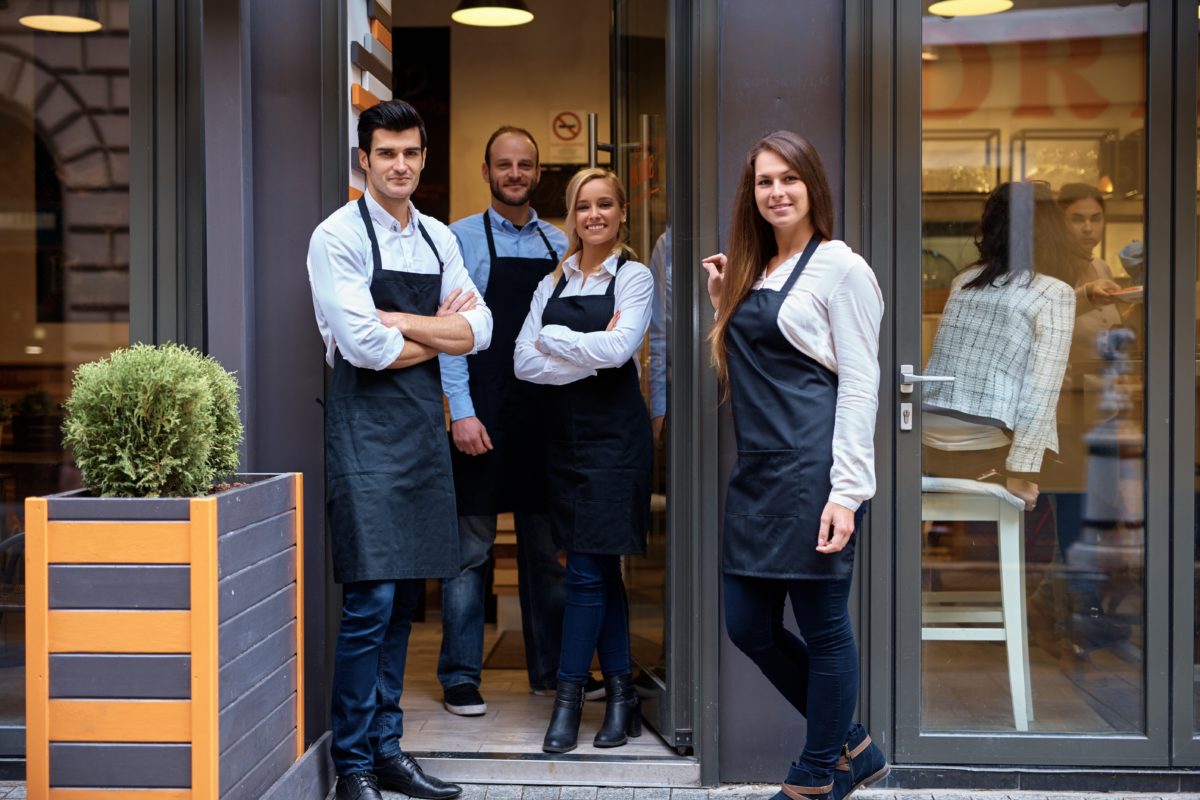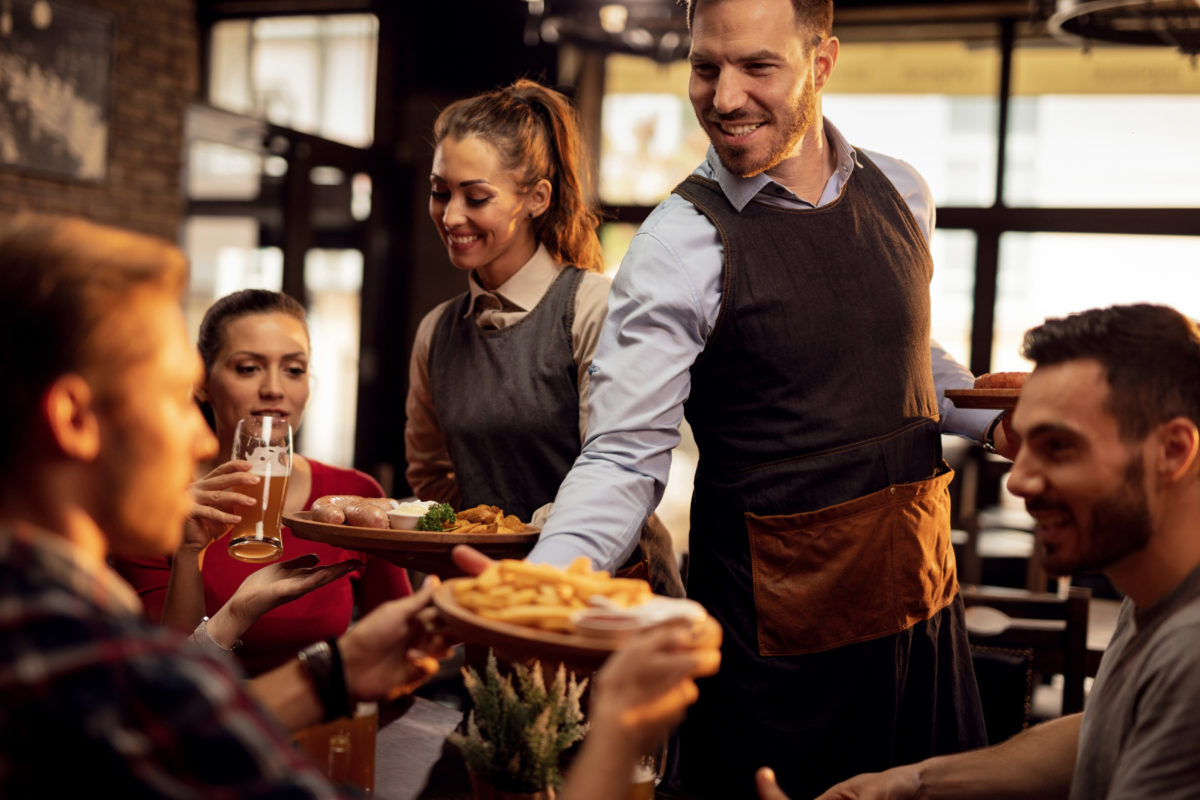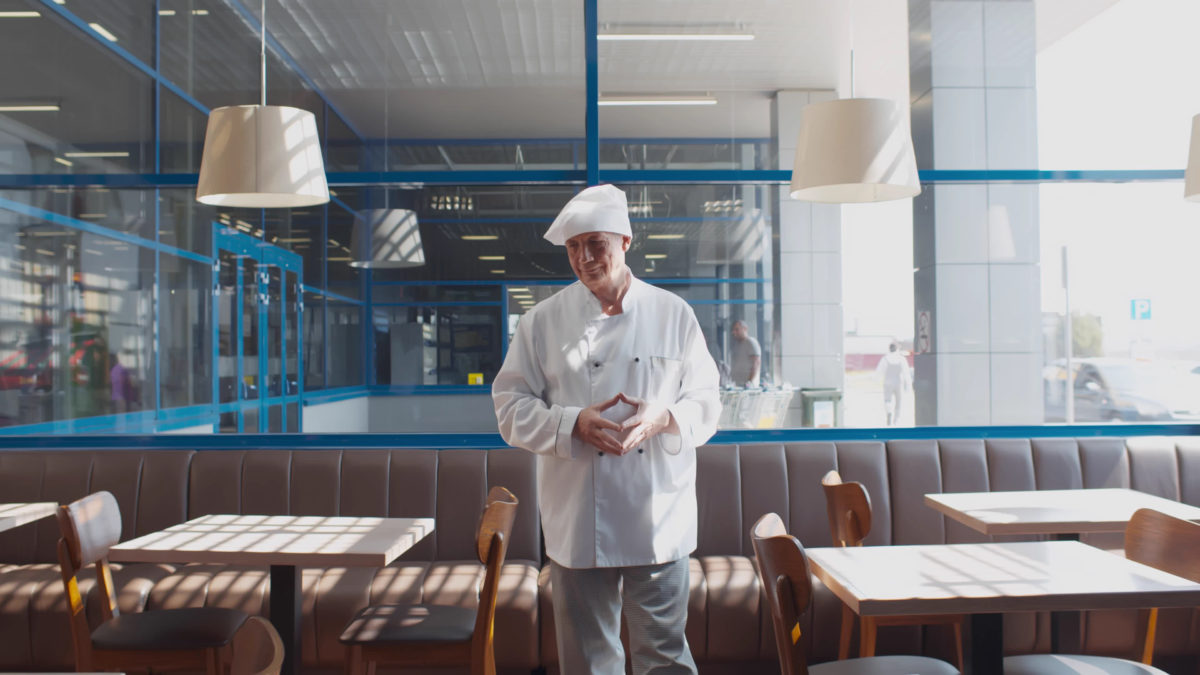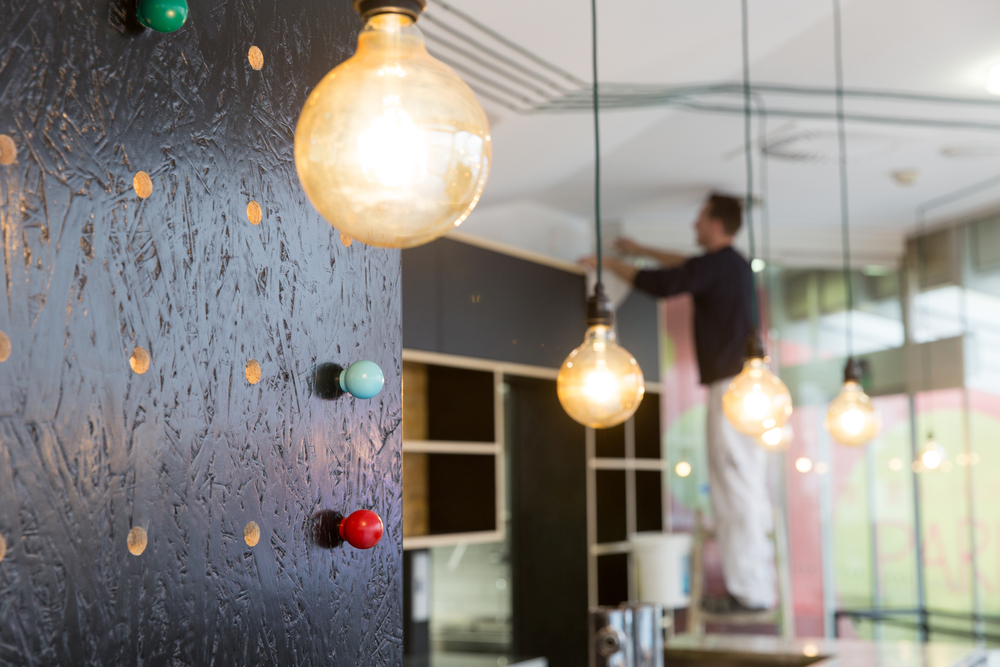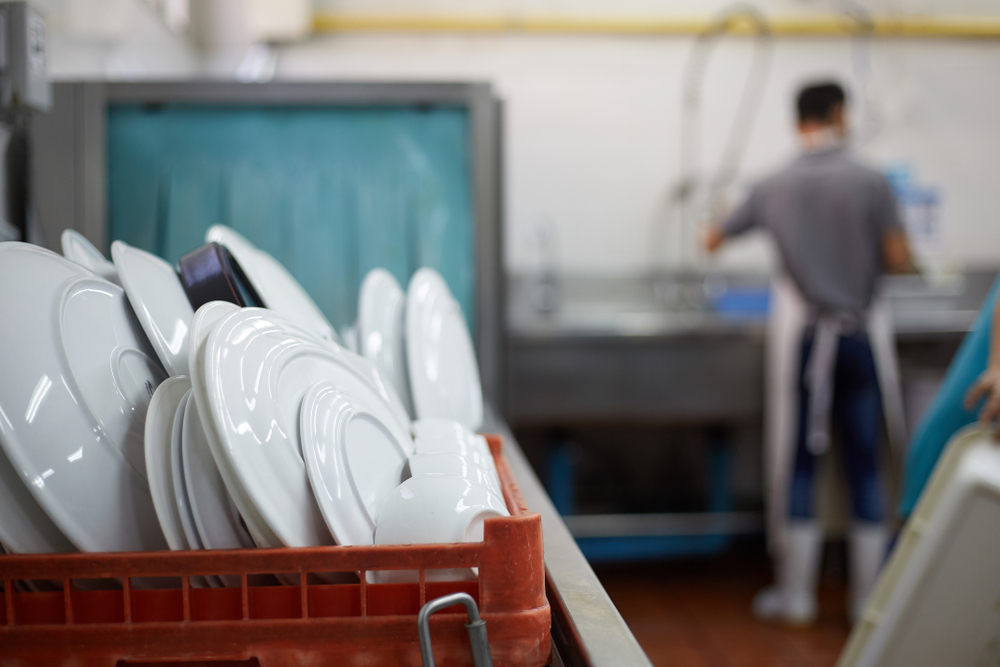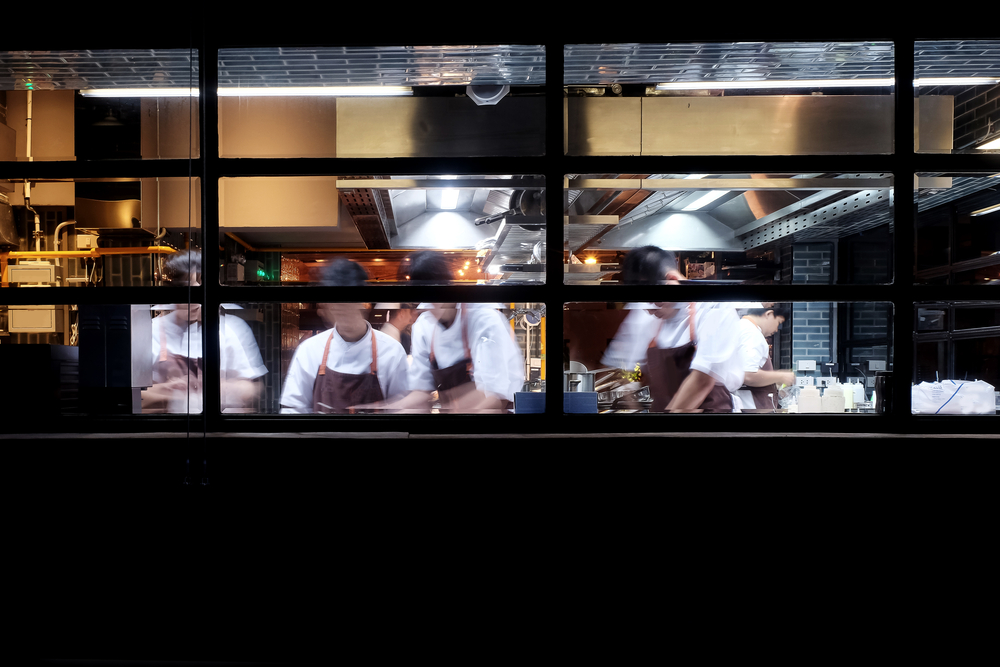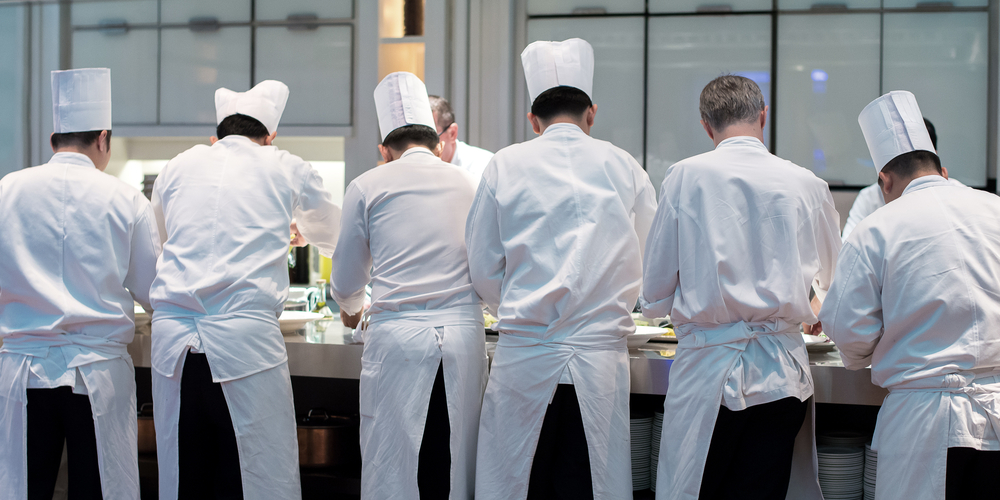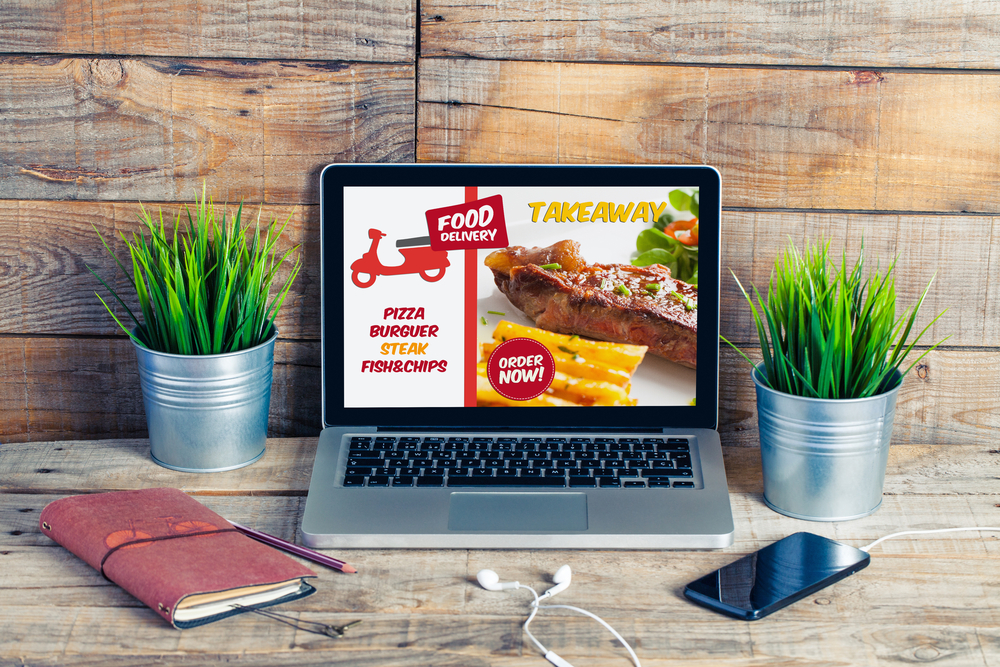While there seems to be lots of misconceptions about the failure rate of restaurants these days, one thing we do know is that the employee turnover rate remains high. For one reason or another, whether students returning to college or employees seeking other challenges, the majority of people hired by restaurants move on quickly.
Considering the cost of recruitment isn’t exactly low, this is becoming a huge insignificance for restaurant owners. Let’s explore the issue some more and really find out why the turnover rate is so high!
Exploring the Truth
With a simple search online, you’re likely to come across all sorts of facts and figures, so let’s assess the real position of the current market. As a restaurant owner, you’re probably well aware that the turnover is much higher here than in the rest of the private sector.
In both the front and back-of-house, we know the value of good staff and having a high employee turnover rate prevents any sort of stability. There are lots of effects of a high employee turnover;
- The staff who do stay get new colleagues every few weeks
- Managers can’t build their own team
- We’re constantly paying out for recruitment and training
- Customers get a different experience with every visit (they can’t build a rapport with a single server)
Thanks to the research of various agencies and industry experts, we’re able to analyze the industry and find the reasons for this problem (as well as potential solutions). For example, one finding was that turnover is inspired by role rather than pay or location. For managers and staff with more responsibility, they’re more likely to stay beyond a few weeks.
Reasons for High Employee Turnover
Seasonality
Of course, one of the industry’s biggest problems is the nature of the job. When it comes to the roles with less responsibility, they tend to be taken by high school students, college students, and those who have plans to go on to bigger and better things. After working through the summer, they’ll eventually go back to school or college and this is why turnover is, according to many sources, is noticeably higher in the third quarter of any given year.
Of all the seasonal jobs available during a calendar year, a significant number will be taken by students who are home temporarily and need to earn some money before going back to their studies.
Pay
Across the country, there seems to be a growing gap in pay. If we compare the South and West for example, the average wage for bar staff is much higher in the West than in the South. While many western municipalities and states have increased the minimum wage, those in the south haven’t had the same luck.
In 2019 and beyond, experts believe that this gap will continue to widen. In the Northeast and West, more and more states are increasing the minimum wage. Meanwhile, the southern states just aren’t doing the same and this causes frustration for workers.
Role
Does service area affect the turnover rate? Yes, and we know this because the turnover rates in the Midwest are normally higher than in the West. Despite the importance of pay, role and position are considered to be even more important. If you compare the turnover rate of the different roles, those in a cashier position normally stay the shortest time while managers and supervisors stay the longest. Consistent across most regions, there’s a clear willingness to stay once responsibility has been received.
As we move forward, one thing has been made abundantly clear; it’s important for a kitchen to keep their staff. If we compare base pay for specific positions, the lowest and highest paid regions yielded a small difference per year for kitchen staff. Interestingly, the gap is actually smaller than the gap for management. In tight labor markets especially, an ability to hold onto staff could be the difference between success and failure.
Can we just increase the base pay and expect staff to stay longer? Unfortunately, it isn’t as easy as this because the correlation between employee turnover and pay increases is non-existent. Comparing staff who decided to stay and those who left, base pay wasn’t too different.
The Control of Restaurants
In a perfect world, we would have control over everything in the business world. Sadly, this isn’t a perfect world and there are things we can’t control.
Out of Our Control
As we’ve already discovered, lots of teens choose the restaurant industry as their first venture into the world of work. With this in mind, we can’t control;
- The desire of teenagers to go on to brighter things. In fact, we can’t even control their choice to work in another restaurant when the season comes. Each summer, the job market is filled with vacancies in hospitality and restaurants especially.
- The part-time nature of the industry. In order to remain flexible, having part-time staff is important. With too many full-time staff and a need to give them all hours, we’re left paying more money than we should on quiet evenings. With part-time contracts comes a lack of security and employees may find other jobs more attractive.
In Our Control
On the other hand, there are three things in our control that can affect labor turnover;
- Conflict within the business. In such a high-pressure environment, there will be times where staff members or staff and management don’t get along. In order to resolve this problem, we recommend introducing an employee handbook so that all conflicts are resolved. What’s more, stay on top of employee engagement.
- Low pay and hours. Though we said job role is more important for turnover, this doesn’t mean pay isn’t important at all. Compared to other industries, the restaurant niche is notorious for lower pay and long hours. We recommend familiarizing yourself with average wages and labor laws.
- No clear career progression. We’ve seen that managers tend to stay longer, but how do new employees reach this holy land? Since most younger employees treat restaurants as an opportunity to earn money while they study, many restaurants will treat them as people simply passing through. In fact, if you show employees a clear path, they’re more likely to apply themselves. We advise having conversations with staff, checking in on their progress, and really learning their ambitions; many people in the past have gone from students with no interest of staying to supervisors, managers, and even restaurant owners.
In the restaurant industry, it’s almost in the culture that employees move job when they want to progress. Some sources believe around nine in ten people move to higher-paying jobs in the industry; to prevent this, staff management is essential and we’re going to look at some techniques to retain valuable staff.
Reducing Employee Turnover: Our Tips
Let’s just stop for a moment and think about the amount of money that a single employee can earn for us over the years. That is, of course, if they stay. In the next handful of years, you won’t change the culture of the industry because restaurant jobs will always be attractive for students. Yet, this doesn’t mean you should just accept an unbelievably high staff turnover.
When turnover is high, we spend most of our time training new employees and this costs us both time and money. Also, the customers are having to deal with ‘oh, it’s their first day’ every couple of weeks. If you want to take control and reduce this problem for your own restaurant, here’s our advice.
Change Your Recruitment Strategy
Throughout this guide, we’ve focused on students and those who are leaving the business through their own choice. However, this isn’t the only reason for a departure…we can hire poorly too.
Rather than taking anybody and everybody in the business, refine your recruitment policy and only hire the best candidates. If you want to reduce the number of contracts you cancel after the trial period, this is the best way to go. It’s the old adage; ‘do it right or do it twice’.
First things first, go for candidates with experience. Not only will this reduce the amount of time you spend on training, they also know the job and its sometimes-demanding nature (there’s less of a culture shock). Especially for supervisor and managerial positions, make sure they’ve worked in the restaurant industry previously.
For the lower roles, they may not have experience in a restaurant but anything in hospitality is useful. As long as they show an understanding of the required skills, they should fit nicely into the business.
Contact References
If you aren’t asking for references, you’re making a mistake. If you aren’t contacting them, you’re making an even bigger mistake. References aren’t just random numbers on the page, they’re your way of learning exactly how a candidate works and will add to the team. Even after interviewing somebody and getting a great feeling about them, due diligence will always serve you well.
In total, we recommend asking for at least two references and then following up the interview by contacting them. Here are some questions you can ask for a candidate we’ve named for the sake of ease;
- How was it working with Jen?
- Did Jen ever call in sick or not turn up to work?
- What’s Jen’s biggest quality and area for improvement?
- Has Jen ever dealt with problematic customers?
- How did Jen get on with colleagues?
If possible, you can also talk with one of their peers because this will give an insight into their day-to-day motivation, working habits, and more.
Think Carefully About Questions
Whenever we think of a job interview, an image of an awkward encounter comes to mind; in this setting, no candidate can really portray what they can add to the business and you don’t even learn anything. Therefore, try to keep it casual while thinking carefully about what to ask. Rather than having a question and answer format, try to have a conversation and steer the conversation towards the topics you want to cover. By following this technique, you get your answers while also seeing if there’s a connection.
In terms of the questions themselves, don’t just look up common questions online, base them around your business and the role available. Talk about what can happen on an average day and ask how they would handle this. Furthermore, we always suggest asking two major questions;
- Why they chose you
- Their plans for the future
If they chose you for the money or another reason that suggests they won’t stay long, choose another candidate.
Offer Development Opportunities
As soon as somebody feels over-qualified for their position, two things happen; 1) they lose their passion for the job and the company and 2) they look for positions elsewhere. Whenever an employee feels under-appreciated, or as though they would be better than the current supervisor or manager, this is where rifts can arise.
As we’ve noted before, employees need to feel as though all their hard work is contributing towards something; they don’t want to work for the sake of it. Therefore, make the path clearer for them. Not only should you explain their potential path, you should set goals and check in with them frequently to discuss performance and development.
If there’s no spot open for them, you can still keep them motivated with on-the-job training. Keep them informed about industry news, new additions to the menu, and advice on increasing tips or cooking a dish slightly better. People either want to progress or learn while they’re waiting, don’t let a skilled employee walk away by forgetting this.
Promote from Within
There’s no better manager than somebody who has worked for your restaurant, knows how everything works, and has already shown their commitment and desire to progress. Additionally, they know their colleagues (and vice versa!). Why risk disruption by hiring externally when you can encourage a smooth transition with somebody already in the team?
Sometimes, this won’t be an option, but you could still encourage employees to recommend somebody. With an incentive program, they’ll recommend reliable friends and family members. In truth, employee referral programs are growing in popularity. Everybody wins because the employees get a familiar face as a colleague, the business gets a reliable recommendation, and the customers enjoy the family atmosphere this creates.
Start Conducting Exit Interviews
Why are your staff leaving? There’s no better way to answer this question than by asking people directly. Often, you’ll find that a parting member of staff is willing to discuss their time with the company honestly. Even just sitting down with them for 20 minutes, the information you glean can be invaluable. If turnover is especially high, there could be an underlying issue and parting staff have the freedom of being honest now that they’re leaving.
Have you ever lost one employee which then snowballed into losing three or four? Well, this is common, and it’s the reason you should communicate with those left behind. When a popular employee leaves, have conversations with the team and address any concerns that arise.
Delegate and Trust the Team
Finally, there’s something else employees need to stay with a business; trust and responsibility. As soon as you pass responsibility down the chain of command, there’s suddenly an attitude that everybody is pushing towards the same goals; they also get a sense of purpose from their job.
Often, people think delegation only moves down to the bottom, but this isn’t true. If you aren’t willing to throw on an apron and wash some dishes when the going gets tough, you may have lost sight of your goals. Remember, your staff aren’t hired to serve you, they’re hired to serve customers; you’re not immune from this.
Summary
There we have it, a full and frank look at the problem of staff turnover for restaurants. Whenever you hire, you’re taking a risk; you can’t guarantee that they will stay longer than a day let alone many years. However, there are some things you can do to reduce this risk and we’ve explored them in detail today.
Though you can’t worry about things out of your control, you can take responsibility for the factors that are in your control. If you invest in your staff, provide them with a clear path of progression, and give them responsibility, they’re far more likely to value you as an owner or manager and go that extra mile for the company.








